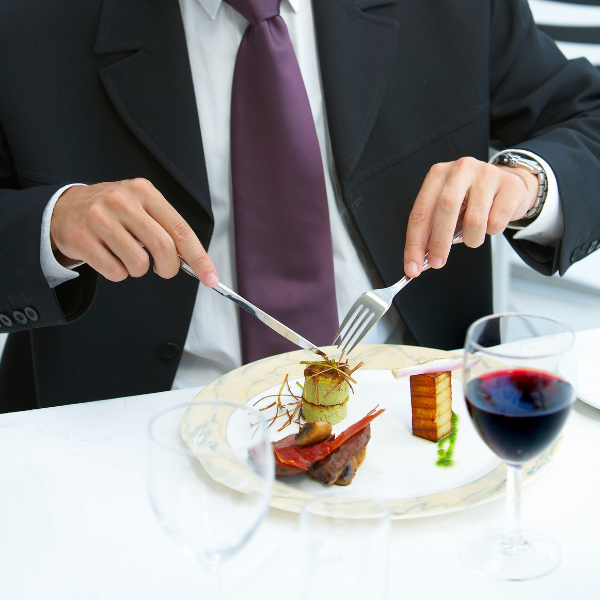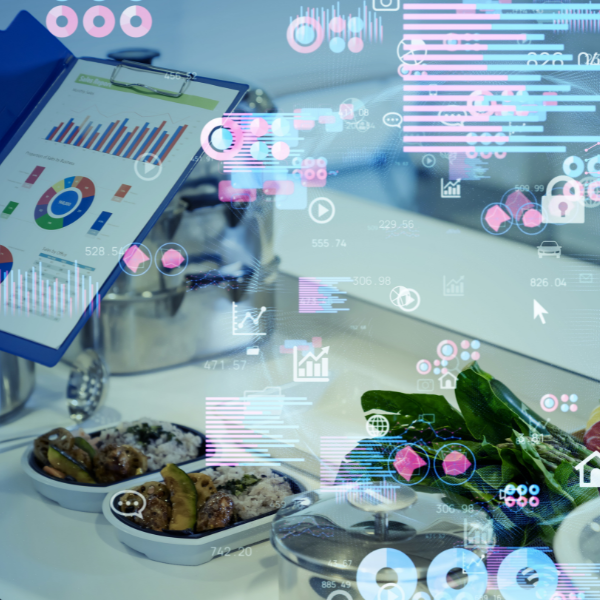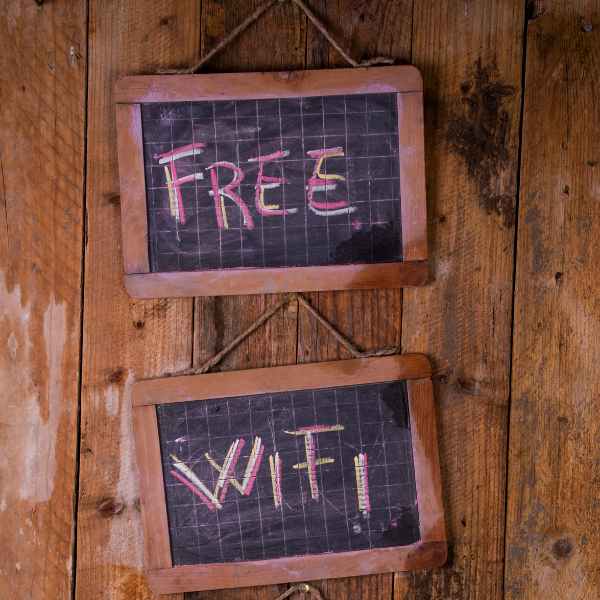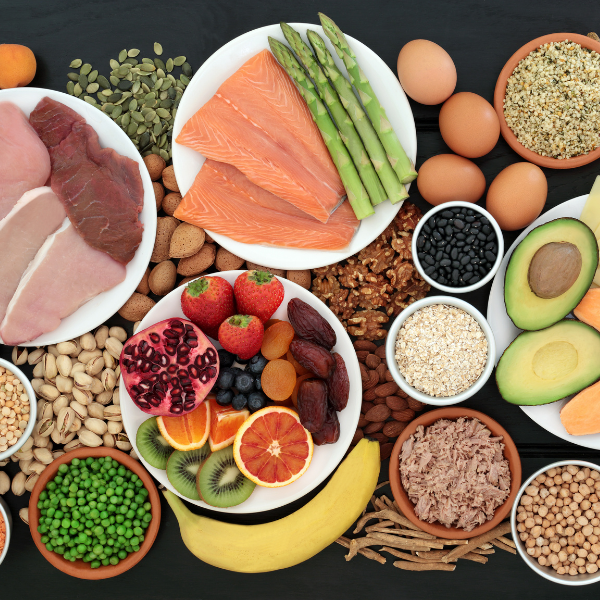With each coming year, more and more customers want the convenience of having food delivered to their door. According to Restaurant Business, 21% of consumers say they are replacing carryout orders with delivery orders. And now with the use of online delivery systems, it has become easier than ever for customers to order food online.
In order to become accessible to customers and tap into this market, operators are faced with a choice between two types of delivery systems: third-party or in-house. Each of these options offers benefits and disadvantages, and choosing between the two or using both should not be a decision that is made lightly. Read through our breakdown of both types of systems to increase your insight and choose the system that works for you.
Third-Party Delivery System
Most commonly used in the form of apps, third-party delivery systems offer customers a variety of vendors
to choose from. Customers search for restaurants in their area, browse through menus, order pickup or
delivery, and pay online. The order is transmitted to your establishment and appears on a tablet that
the third-party delivery platform supplies you with. Each platform has varying functions within the
tablet, ranging from contacting the customer to adjusting the time that the order will be ready. The
delivery platform will automatically dispatch a driver to your establishment who will then pick up the
prepared order and deliver it to the customer. A third-party delivery app can be profitable but still
have their fair share of issues. Consider the following aspects when deciding if a third-party delivery
system works for your business.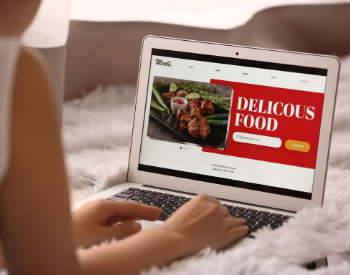
Pros:
- Cost-effective to setup: If you find that creating your own delivery system might be too expensive to get up and running, third-party delivery systems eliminate the need for hiring professional web designers or paying for your site’s maintenance.
- Expands your reach: A popular third-party app will make your establishment accessible to more clients and widen your customer base.
- No additional staffing requirements: Third-party delivery systems take orders, send them directly to your business, and provide delivery drivers so you won’t have to hire or extensively train a delivery team.
- Increases customer convenience: Customers can order and pay automatically without having to experience long wait times over the phone. Plus, many third-party apps save customers’ credit card information to make checkout fast and simple.
Cons:
- Extensive fees: Third-party apps charge a fee for their services which varies depending on the company you choose. These fees might prove to be too high for some restaurants and may not be worth the cost.
- Potential liability issues: A few third-party services have come under fire for poor business operations such as withholding tips from delivery drivers. Becoming involved with companies like these might reflect badly on your establishment and affect your profits.
In-House Delivery System
By implementing an in-house delivery system into your restaurant’s website or app, you’ll be cutting out the middleman and have direct contact with your customers. With your own system, your business will avoid additional fees while increasing communication and trust amongst customers. Take a look at the following in-house system attributes that can help or hinder your business.
Pros:
- Provides better service: With an in-house delivery system, you can guarantee great customer service because customers will be interacting with your employees and not with unknown third-party employees.
- Increases customer convenience: Like third-party systems, in-house systems can have just as much convenience by providing customers with an easy and quick way to order, pay, track deliveries, and save their payment information.
- Eliminate additional fees: As previously mentioned, your own establishment won’t owe a fee to the delivery platform and the service fees you charge your customers may be much lower than what a delivery platform would charge. These savings are beneficial for you and will be noted and ultimately preferred by your customers, providing you with greater financial benefit.
Cons:
- Hiring a delivery staff: Hiring and training a delivery prep staff, delivery driver, providing car insurance, and purchasing food transportation equipment can amount to considerable costs.
-
Creating & maintaining your service: Building your own delivery service for
food and keeping it up to date can be expensive and time-consuming which could hurt your business in
the long run.

Can I Use Both Types Of Delivery Systems?
An alternate option would be to provide both of these systems to customers, that is if you find yourself in a favorable financial position. With this option, you’ll still have to pay service fees to a third-party system and fund your own delivery system and staff. Many restaurants already practice using both because it allows them to be even more accessible to customers than by using only one type of system. This option also gives customers more freedom to choose how they want to order their meals. Managing both of these services can be tricky, but by knowing how each one operates, you’ll be able to provide customers with the best delivery services available.


